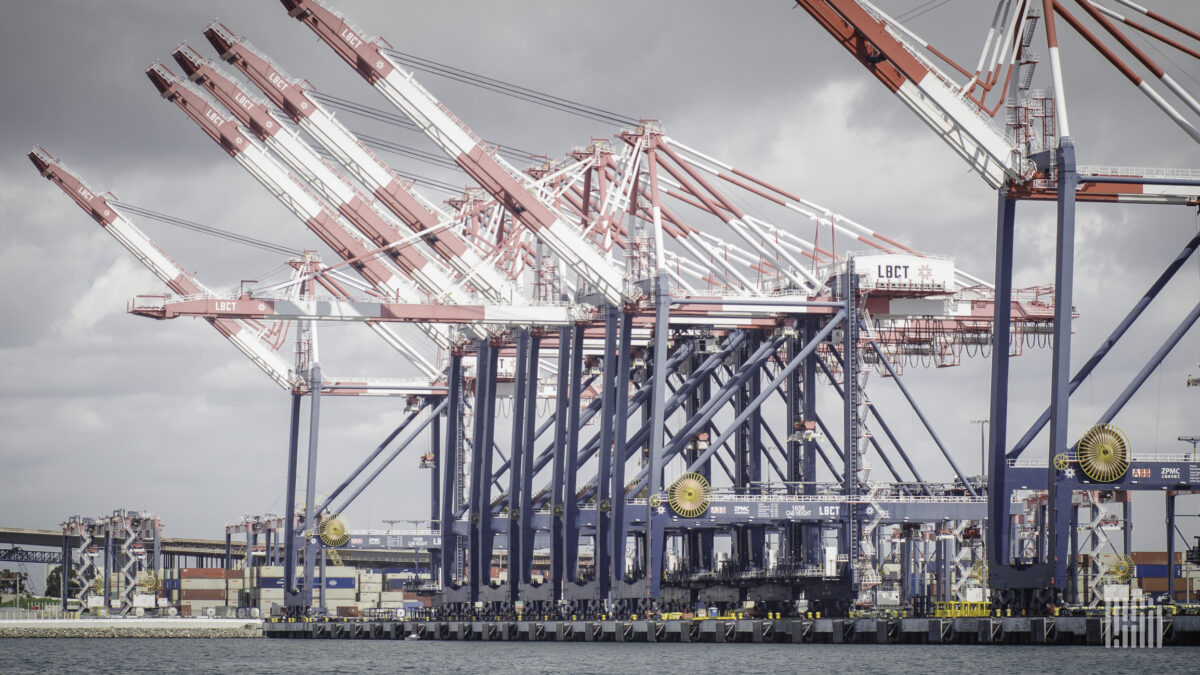[ad_1]
 Note: Today’s post is part of our “Editor’s Choice” series where we highlight recent posts published by our sponsors that provide supply chain insights and advice. Today’s article comes from Greca Manuzzi, Senior Expert Product Marketing at Kinaxis, and explores breaking down silos in material and transportation planning.
Note: Today’s post is part of our “Editor’s Choice” series where we highlight recent posts published by our sponsors that provide supply chain insights and advice. Today’s article comes from Greca Manuzzi, Senior Expert Product Marketing at Kinaxis, and explores breaking down silos in material and transportation planning.
In the fast-paced VUCA (volatility, uncertainty, complexity and ambiguity) environment that emerged after the pandemic, supply chain management and operations have become more critical than ever before to a business’s competitiveness. Businesses’ top concerns include meeting customer demands, optimizing capacity to navigate volatility, meeting sustainability goals and finding skilled labor. How can businesses ensure they remain competitive in such a market while facing constant pressure to improve efficiency, reduce lead times and cut costs?
Businesses with highly successful supply chains depend on practices like end-to-end coordination, process harmonization, clarity of decision rights and a cross-functional performance system. Eliminating planning silos and building streamlined processes with a proper IT infrastructure are critical for a company’s success.
Siloed planning blocks visibility and creates inefficiencies in material and transportation planning
Often, the functions of material planning and transportation planning and execution are performed in silos. These two processes are critical in supply chain, and yet neither one has visibility over their impact on the other:
- A material planner has no transparency over their impact on transportation execution. The products and material deliveries are planned without taking real-world transportation constraints into account, such as truck capacities, schedules or incompatibilities. This can translate into a non-actionable plan and require significant last-minute changes before transportation execution.
- A transportation planner has no transparency on the impact of transportation on inventory level. Transportation is executed without considering material availability, inventory level or storage capacity. This can create further delays and necessitate additional transportation arrangements, for instance, if the material is not ready at the plant.
This gap creates several inefficiencies, like higher transportation costs due to last-minute plan changes, low truck utilization and overall planning inefficiency.
So, the question becomes: how can we bridge this gap? We answer this question by bringing transportation optimization and load building capabilities directly into the S&OP processes.
What is load building?
Load building is the process of combining multiple orders into a single shipment to maximize vehicle utilization and reduce transportation costs. It can be done with a transportation planning system and has a significant impact on a company’s profitability.
Conventionally, transportation planning and load building are part of transportation execution processes. But what if you could optimize and plan loads earlier in the supply chain processes – before the scheduling agreements are set, and when the demand and supply plan is more flexible and can be adapted to real-world constraints?
To read the full article, click HERE.
[ad_2]
Source link












